David Wineland and Serge Haroche win award from work on light-matter interaction.


David Wineland and Serge Haroche win award from work on light-matter interaction.
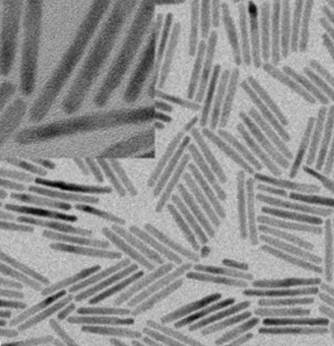
Carefully engineered CdSe/CdS colloidal quantum dots show an almost constant amplified spontaneous emission threshold over a temperature range from 5–325 K.
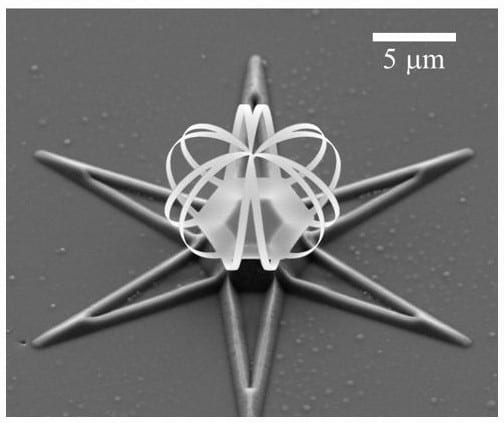
Researchers develop complex 3D nanometer-sized structures using ion-induced plastic strain.
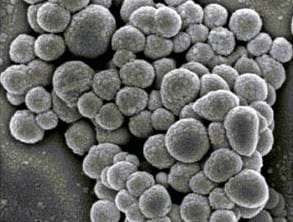
A group from the Indian Association for the Cultivation of Science have developed a method for the production of mesoporous polymer/carbon nanospheres.

Researchers investigate formation of polymer networks produced by mixing Fe(III) and polymers, mimicking the reaction that mussels use to bind to rocks.
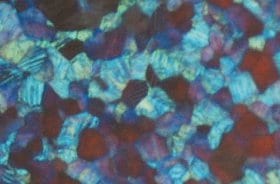
The synthesis of a chiral polymer can be performed in chiral liquid crystals. It could be a model to understand asymmetric polymer synthesis in biology.
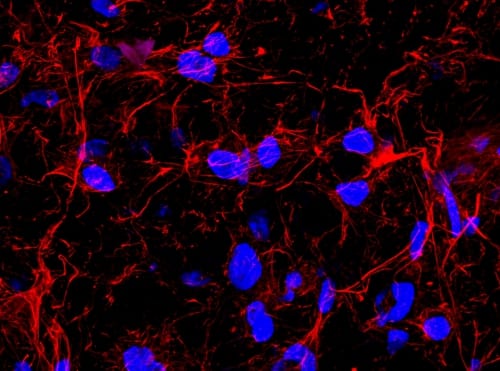
Injectable cell delivery system developed by Stanford researchers improves cell delivery and retention.
NFO is a magnetic material that holds promise for microwave technologies and next-generation memory devices.
International team of scientists will research into carbon-based materials for use in energy storage systems and electronic applications.
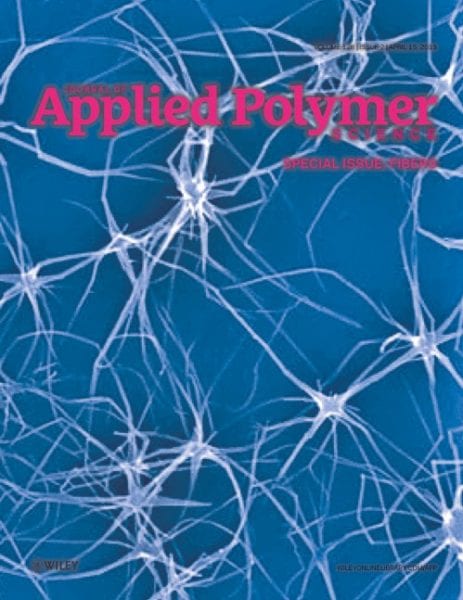
Kunio Kimura et al. at Okayama University make needles, spheres & nanofibre networks by changing the copolymerisation conditions of rigid aromatic polymers.